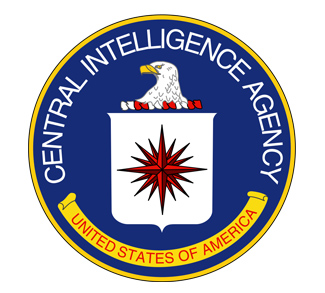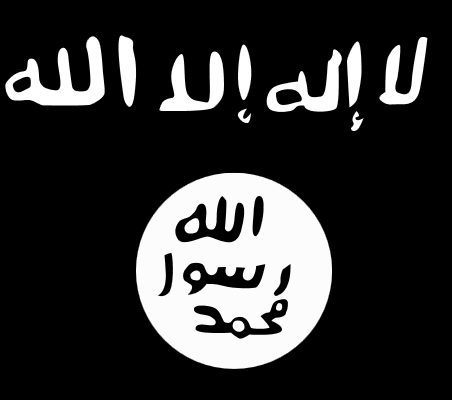Executive Summary
This report will look at the 2006 London liquid bomb plot, which was “foiled” by the UK government, focus on the roles played by intelligence agencies, and analyze the plausibility of the plot.
Analysis
The “Plot Was Foiled”
On August 10, 2006, the British police arrested 24 terrorist suspects based upon intelligence that “an attack was imminent” in which the suspects were planning to sneak liquid explosives onto five to ten separate transatlantic airliners and detonate them above U.S. cities.
The liquid explosive was to be detonated by a cell phone or MP3 player, after mixing a sports drink with a particular gel-like (peroxide-based) substance, creating a “potent explosive.”[1]
Homeland Security Secretary Michael Chertoff was quoted as saying the operation was “well advanced” and “quite close to the execution phase.”[2] The result of foiling the plot was that at British airports, specifically Heathrow, all hand luggage was banned and today, there are still restrictions around the world in taking liquids onto planes.
Tracking the Terrorists
Surveillance
The terrorist suspects were tracked and spied on for over a year by police and security officers, notably MI5, who listened to their meetings and monitored their spending. British police and intelligence “liaised closely” with their US counterparts during the surveillance.[3]
Infiltration
It was the British who teamed up with the Pakistanis to “thwart the attacks”, as it started when Pakistani agents arrested certain suspects in Pakistan, prompting the British to act quickly in turn. Further, an undercover British agent had infiltrated the group.[4]
MI5 reportedly had infiltrated a bomb factory a few weeks prior to the arrests, where they “found liquid explosives and detonators.” The British special forces, SAS, and “other surveillance specialists” had undergone “sneak and peak” operations where they conducted covert raids on the homes of the suspects, planting bugs and allowing the Security Services to “eavesdrop.”[5]
Waiting for Disaster
It was also reported that British officials had wanted to wait an extra week before making the arrests, but were “pressured” by American officials to arrest them when they did. The suspects were arrested on suspicion that the terrorist cell was planning on conducting a “dry run” on the planes, as in, not actually carrying out the attacks. This prompted one British official to state that the attacks were “not imminent” and that British authorities had wanted to let the dry run go forward. As the assistant to the President for Homeland Security and Counterterrorism stated, “There was unprecedented cooperation and coordination between the U.S., the U.K. and Pakistani officials throughout the case.”[6]



